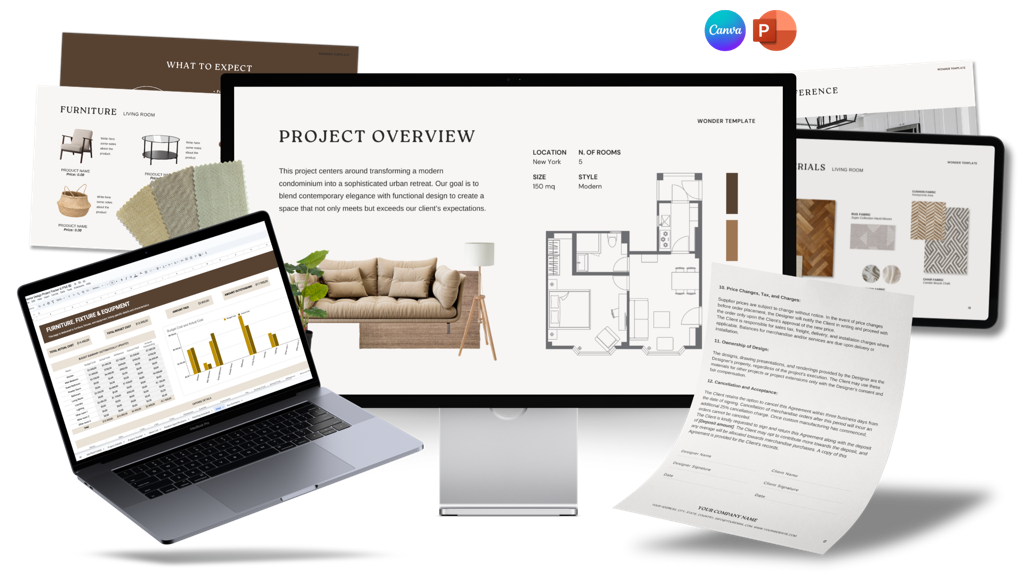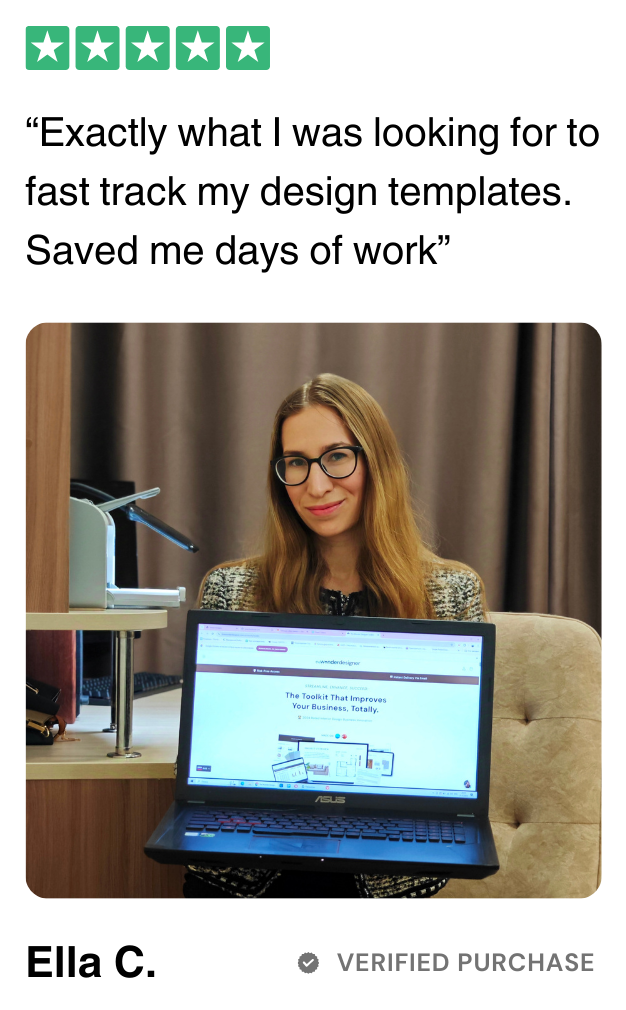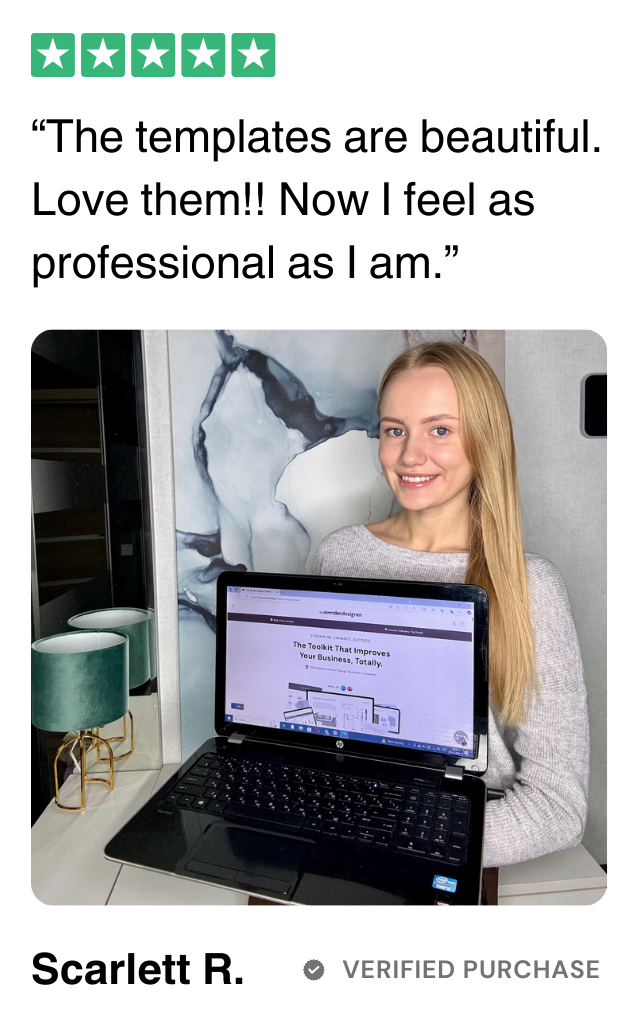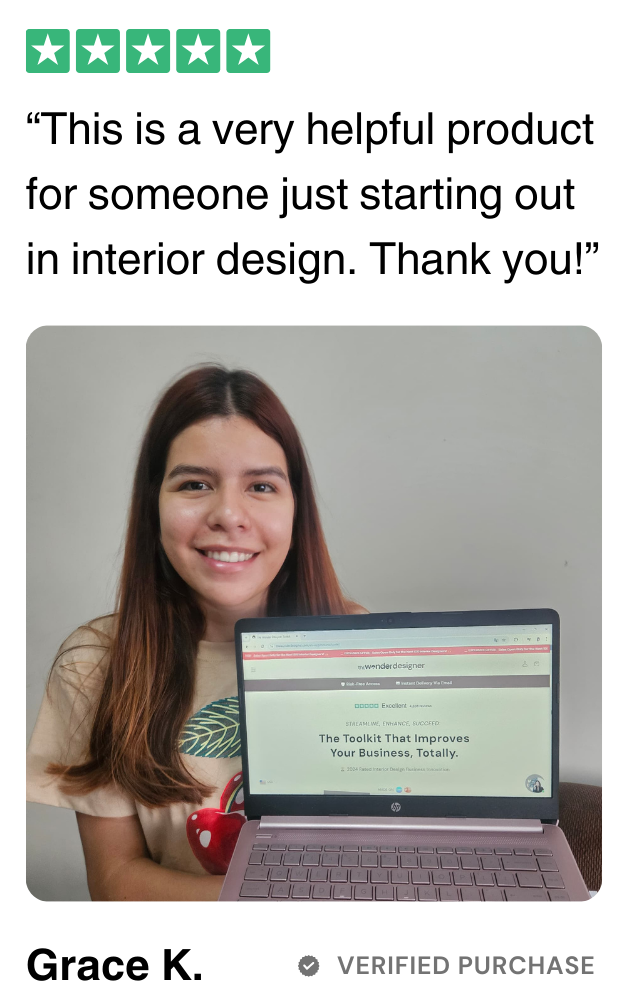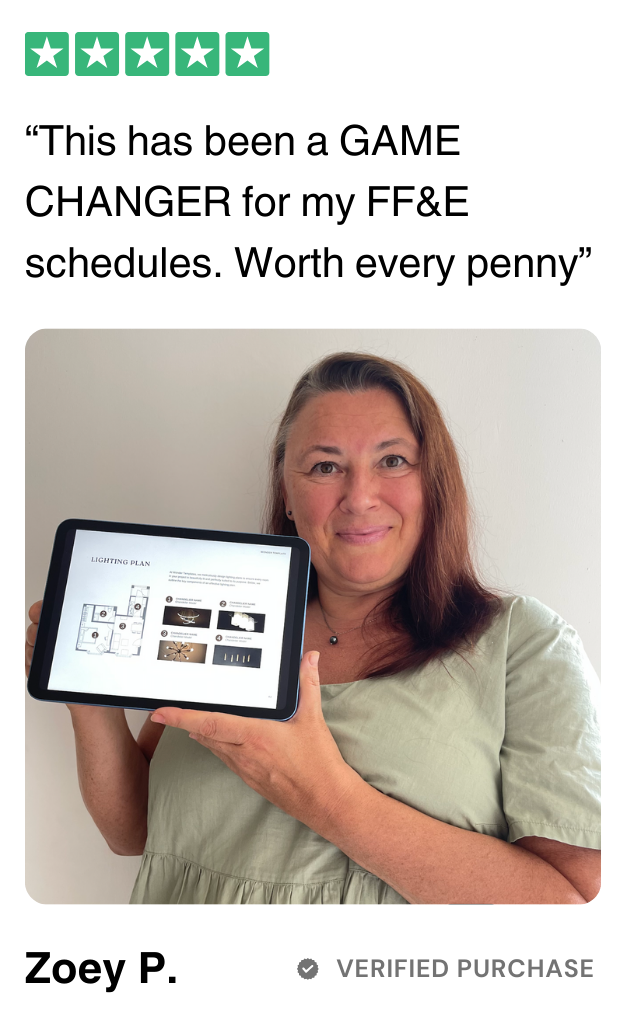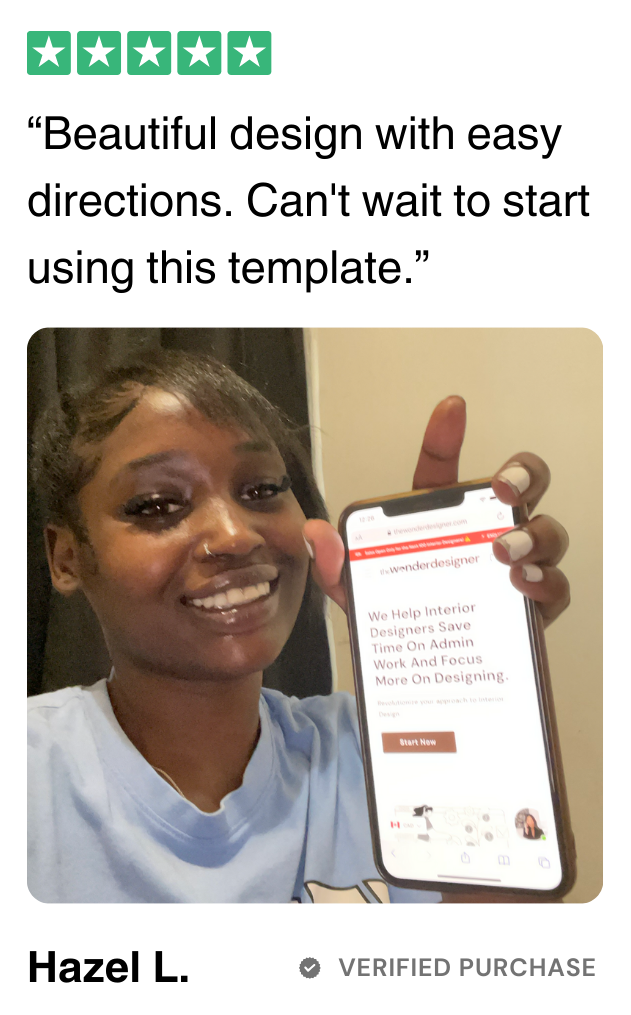Client Questionnaire: What to Ask Before Starting a Project
by The Wonder Designer - 6 min read

A well-structured client questionnaire is one of the most powerful tools an interior designer can use to ensure a smooth and successful project. It allows you to gather crucial information before the design process begins, helping to define expectations, avoid miscommunications, and create a design that truly reflects the client’s needs and lifestyle. A carefully crafted questionnaire streamlines your workflow, saves time, and ultimately leads to a more satisfied client. In this article, we’ll explore the essential questions to include in your interior design client questionnaire and how to use it effectively.
1. Understanding the Client’s Goals and Vision
Every project begins with understanding what the client hopes to achieve. Clearly defining their vision from the start helps you create a design that aligns with their expectations.
What is the main purpose of this project? (Renovation, redesign, new build, etc.)
What are your primary goals for this space? (Functionality, aesthetics, comfort, resale value, etc.)
Are there any specific problems or pain points you’d like to solve? (Lack of storage, poor layout, outdated design, etc.)
How do you want this space to feel? (Cozy, luxurious, minimal, warm, etc.)
By identifying their priorities early on, you can tailor your design solutions to their specific needs.
2. Defining Style and Aesthetic Preferences
Not every client can clearly articulate their design preferences. The right questions will help you uncover their ideal style, even if they’re unsure of how to describe it themselves.
How would you describe your ideal interior style? (Modern, traditional, industrial, Scandinavian, etc.)
Are there specific colors or materials you love? Any that you dislike?
Do you have inspiration images, Pinterest boards, or reference projects you’d like to share?
What existing pieces (furniture, artwork, decor) do you want to keep in the design?
Do you prefer a bold statement or a more subtle, timeless look?
Encouraging clients to provide visuals will make it easier to interpret their preferences and ensure alignment on the design direction.
3. Assessing Functional Needs and Daily Lifestyle
A beautiful design must also be functional. Understanding how the client uses their space ensures the design enhances their everyday life.
Who will be using this space? (Adults, children, pets, guests, etc.)
What activities take place in this space? (Entertaining, working, relaxing, etc.)
Do you have any specific storage needs or space-saving requirements?
Are there any special considerations (accessibility, allergies, eco-friendly materials)?
Do you prefer open spaces or a more compartmentalized layout?
The goal is to design a space that not only looks good but also works seamlessly for the people who live in it.
4. Budget and Investment Expectations
Discussing budget early in the process prevents misaligned expectations and ensures the project remains financially realistic.
What is your estimated budget for this project?
What aspects of the design are most important to you? (Furniture, finishes, custom details, lighting, etc.)
Are you open to alternative materials or solutions to stay within budget?
Would you like a phased approach to accommodate your budget over time?
Are there any specific brands or suppliers you prefer to work with?
Budget transparency allows you to propose design solutions that match their financial comfort level while maximizing the value of their investment.
5. Communication and Decision-Making Process
A smooth collaboration depends on clear communication and defined roles in the decision-making process.
How involved do you want to be in the design process? (Hands-on, collaborative, or designer-led?)
How do you prefer to receive updates? (Email, phone calls, meetings, project management platforms?)
Who will be making the final decisions? (If multiple people are involved, clarify roles.)
How quickly can you provide feedback on design selections and revisions?
Do you have a deadline or specific timeline expectations?
Setting clear expectations for communication ensures the project moves forward efficiently without unnecessary delays.
6. Additional Considerations and Client Preferences
Every client and project is unique. Asking additional questions allows you to personalize the design experience even further.
Are there any cultural or personal elements that should be incorporated into the design?
Do you prefer a low-maintenance design that is easy to clean and maintain?
Do you have specific lighting preferences? (Natural light, warm vs. cool lighting, statement fixtures?)
Are there any smart home or technology integrations you would like to include?
Is there anything else we should know to make this project successful?
These final questions help uncover any additional details that might influence the design process.
A well-crafted client questionnaire is the foundation of a successful interior design project. By gathering critical information about the client’s goals, style preferences, functional needs, budget, and communication preferences, you set the stage for a smooth and efficient workflow. The better you understand your client from the start, the easier it will be to create a design that meets (or exceeds) their expectations while minimizing revisions and delays.
Taking the time to refine and personalize your client questionnaire will not only improve your design process but also enhance client satisfaction and streamline your business operations.

The Wonder Designer Toolkit
What's Included?
First Consultation Guide & Script
Client Questionnaire
Investment Guide
Fee Proposal
Service Contract
Design Presentation
Project Tracker & FF&E
Client Handover
[BONUS #1] Social Media Kit
[BONUS #2] Portfolio
[BONUS #3] Client Welcome Guide
[BONUS #4] Video Tutorials And Lifetime Support


